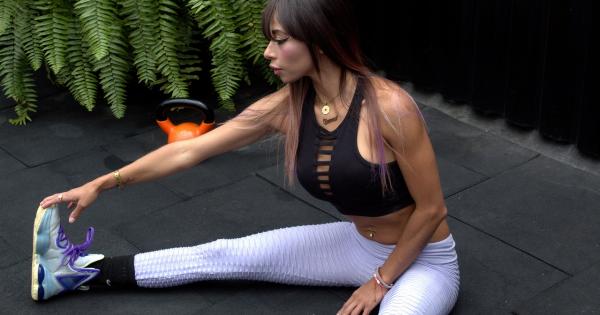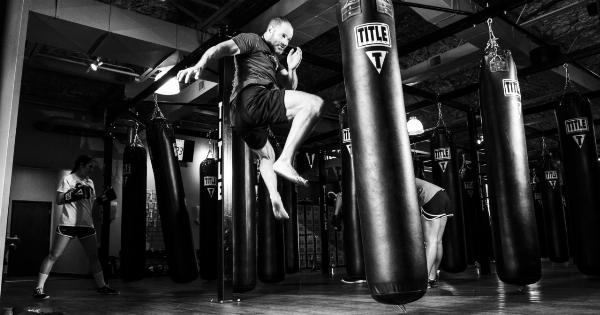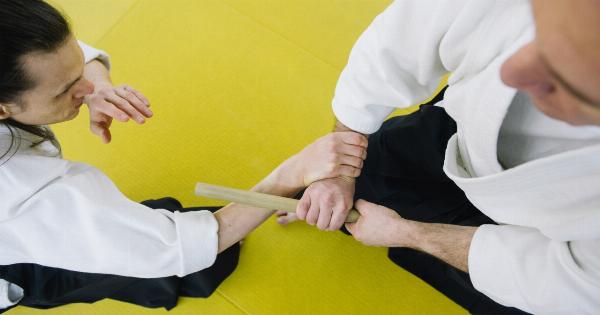As an athlete, you know that warming up before any exercise is essential to avoid injury and get the most out of your workout. However, a good warm-up is more than just stretching before you start jogging.
A proper warm-up routine prepares your body for intense physical activity, increasing blood flow, raising core temperature, and improving your range of motion. In this article, we’ll outline an ultimate warm-up routine to help you prepare your body for any type of exercise.
1. Start with five to ten minutes of light cardio
The first part of any good warm-up routine should include five to ten minutes of light cardio. This could be anything from jogging, cycling, or skipping. Starting with light cardio increases blood flow, oxygen uptake, and raises core temperature.
This helps your muscles to loosen up, preparing them for more intensive exercise.
2. Dynamic stretching
After completing your light cardio, start with dynamic stretching exercises. These are stretches where you keep your body moving instead of holding it in a specific position.
This can include walking lunges, leg swings, high knees, and butt kicks, among others. Dynamic stretching helps to improve flexibility, range of motion, and muscle coordination, making you more efficient in your workouts.
3. Foam roll
Another effective way to get your muscles ready for a workout is to foam roll. Foam rolling is a self-massage technique used to release tight muscles and improve flexibility.
Foam rolling is particularly beneficial for athletes who have a history of muscle stiffness and soreness. Be sure to foam roll the muscles you plan to work on to improve blood flow and promote healing and recovery.
4. Sport-specific drills
After cardio, stretching, and foam rolling, it’s time to move into sport-specific drills. These drills should be tailored to your particular sport or workout and aim to mimic the specific movement patterns and demands of your exercise.
For example, basketball players may practice ball handling and footwork drills, while runners may perform a series of running drills. The goal of sport-specific drills is to get your muscles used to the movements and patterns you’ll be performing in your workout, making you more prepared and efficient during the exercise.
5. Static stretching
Static stretching is another essential part of any comprehensive warm-up routine. Static stretches involve holding a particular position for an extended period, gently stretching your muscles.
Unlike dynamic stretches, which promote movement, static stretches help to relax and lengthen your muscles, reducing the risk of injury. Focus on stretching the muscles you’ll be using the most during your workout, holding each stretch for 10 to 30 seconds.
6. Activation exercises
Activation exercises are designed to wake up your muscles, priming them for the workout ahead. They involve exercises that focus on muscular activation, stability, and balance.
Examples of activation exercises include hip thrusts, glute bridges, and planks. By performing activation exercises, you’ll be able to work out with better form and technique, reducing the risk of injury and improving your overall performance.
7. Mental preparation
Before getting started with your workout, it’s important to get your mind in the game. Mental preparation can include visualization, meditation, or just taking a few deep breaths.
Sports psychology research has shown that mental preparation can help increase confidence, focus, and motivation, all of which are critical to achieving your fitness goals. Take a few moments to clear your mind, visualize yourself completing your workout with success, and approach your exercise with a positive attitude.
8. Hydration
Drinking water before, during, and after a workout is essential to your overall health, performance, and recovery.
Staying hydrated helps to regulate core body temperature, maximizes your physical performance, and contributes to the effectiveness of your body’s metabolic processes. Aim to drink about 16 ounces of water about two hours before your workout, and six to eight ounces every 20 minutes during your exercise.
9. Fueling up
Lastly, it’s important to refuel your body with the proper nutrients before and after your workout.
Eating a balanced meal rich in carbohydrates, protein, and healthy fats before exercise will provide your body with the energy it needs to perform optimally. Post-workout nutrition should include a mix of carbohydrates and protein to promote muscle recovery and growth.
10. Conclusion
No matter what type of sport or exercise you’re participating in, warming up before you start is essential. A proper warm-up routine will not only help prevent injuries but can increase your performance and overall experience.
Start with light cardio, move onto dynamic stretching, foam rolling, sport-specific drills, static stretching, activation exercises, and mental preparation. Don’t forget to stay hydrated and well-nourished to get the most out of your workouts.





























